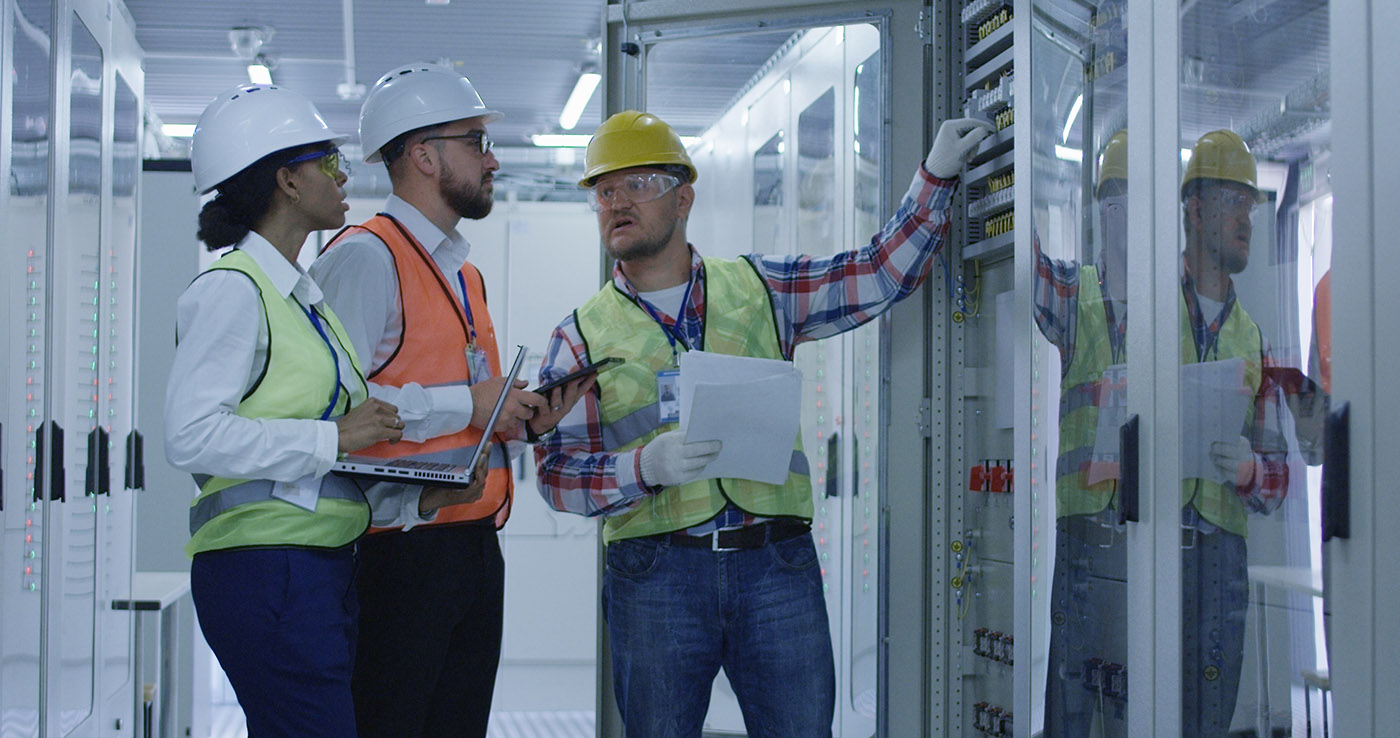A request for proposal, or RFP, process management solution is fundamental to weighing vendor options, whether your goals are to cut costs or optimize your operations. A facilities maintenance RFP differs from RFPs for other types of services. Modifying your approach can position you to ask the right questions and, ultimately, make the best possible facility maintenance vendor decision.
How Can You Best Execute a Facilities Maintenance RFP?
At the most basic level, having an RFP process in place helps an organization determine if a potential facilities maintenance vendor is the best fit for its unique needs. An RFP tailored and customized for facility maintenance vendors will ensure you are evaluating the potential new partners using specific and objective criteria related to your needs and your facility portfolio profile.
An RFP for facility maintenance services should have an acute focus on the potential partner’s size, geographic coverage, specialties, business model and other key factors to determine if the relationship is worth pursuing.
RFPs for facility maintenance have lately been driven by a variety of factors, including an evolving landscape in the wake of COVID-19, which has led to a need to find additional cost savings, a desire to better leverage enterprise spend across the organization’s facilities, and other market pressures.
Beyond the pressures the pandemic has brought, innovations in technology have companies looking for ways to ensure they’re keeping pace. Additionally, mergers and acquisitions or shortcomings related to performance metrics and goals can spur these searches.
Which Areas of a Facility Maintenance RFP Process Provide the Most Value?
In moving through the RFP process to find the right partner, investing in the right elements of the search and vetting process can pay tremendous dividends.
Outsourcing facilities maintenance to a third-party vendor provides a pathway to keep up with industry trends and innovations, closing the skilled labor gap, and reducing the burden of overhead costs associated with in-house solutions.
Beginning with a simple Request For Information (RFI) can help cast a wide net to test assumptions about leading facility maintenance providers and which might be the best fit for your company’s needs and goals. This provides value by narrowing the search to the most qualified partners, ensuring the RFP process itself is as efficient as possible.
From an RFI, the cost/benefit analysis gets more complex. Many companies focus heavily on pure dollars and cents. This is often communicated through labor rates. As tempting as this may seem, this is ultimately a shortsighted approach.
Beyond Simple Dollars and Cents: A Holistic Approach to Facility Maintenance RFPs
It’s critical to consider a broader variety of factors to paint a clearer picture of the value the outside facility maintenance vendor can bring to the table. One partner’s labor rate might be $5 per hour higher – but if they can they complete the job in one hour vs. two, you are paying the same amount out of pocket for poorer overall service. While your RFP may ask about parts pricing, that data point alone might be less than useful, unless you have a deeper understanding of your historical and projected service needs – how often will you really need to engage in a part replacement rather than a simple repair?
By asking questions about time on site (labor duration), percentage of jobs that are completed with labor vs. part replacement, first time fix historical averages, customer testimonials, data reporting, and analysis, the final RFP can be used to hold potential partners accountable after a partnership has been agreed upon.
In short, “What has been your track record in delivering sustained cost savings? Please provide examples from businesses similar to ours.” is a much better question to ask than, “What are your labor costs?”
The Importance of Aligning Internal and External Expectations for a Potential Facilities Maintenance Relationship
Aligned business objectives – or the lack thereof – can make or break what could be a fruitful business relationship with an outsourced facility maintenance vendor partner.
Just like it’s critical to understand the true measures of value and cost savings that prove a vendor’s worth, it’s equally important to make sure vendors are aligned with a longer-term, value-focused perspective.
Look for vendors that can articulate their primary value proposition, whether that’s lower costs, fewer part replacements, increased uptime, industry-leading expertise, or some other attribute. You should expect a vendor’s RFP responses to clearly tie back to their stated value proposition as a running theme – and if you see disconnects between the two, dig deeper or consider moving on to alternate prospects.
When both parties enter the relationship with a clear idea of the other’s goals and capabilities, it’s much more likely to be successful – and a robust and thorough RFP process can ensure that goal is achieved.
To learn more about how to get the most out of a facilities maintenance RFP, visit https://www.vixxo.com/get-your-fix-podcast and listen to our episode on the subject featuring Vixxo’s Senior Vice President of Sales and Marketing, Rick Upton.
The bottom line for deciding to outsource facilities management is asking one simple question – “Are you spending your time and money wisely?” By partnering with a company like Vixxo, the answer can be yes. Explore our facilities management capabilities today.




